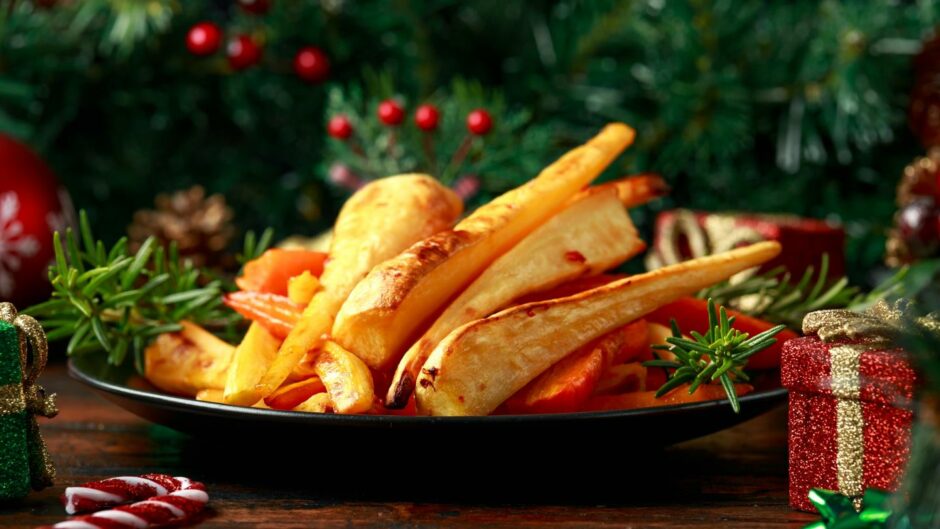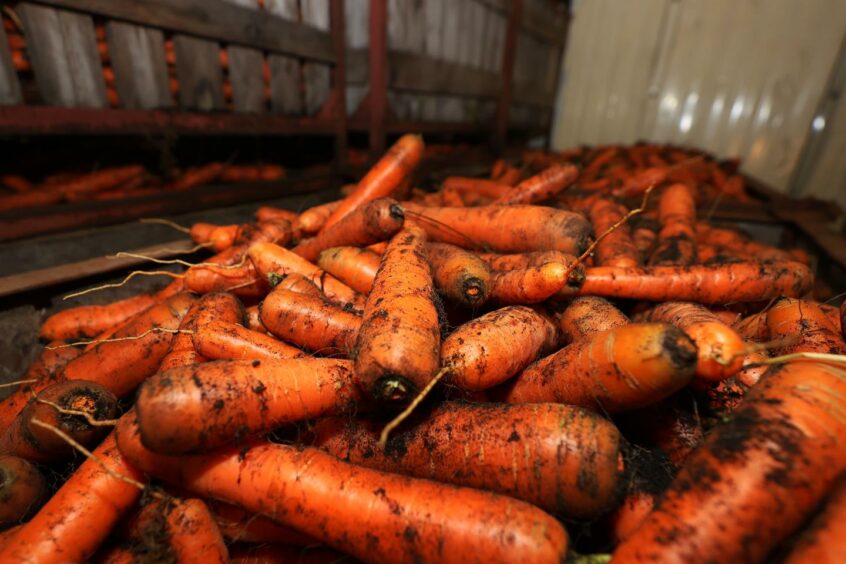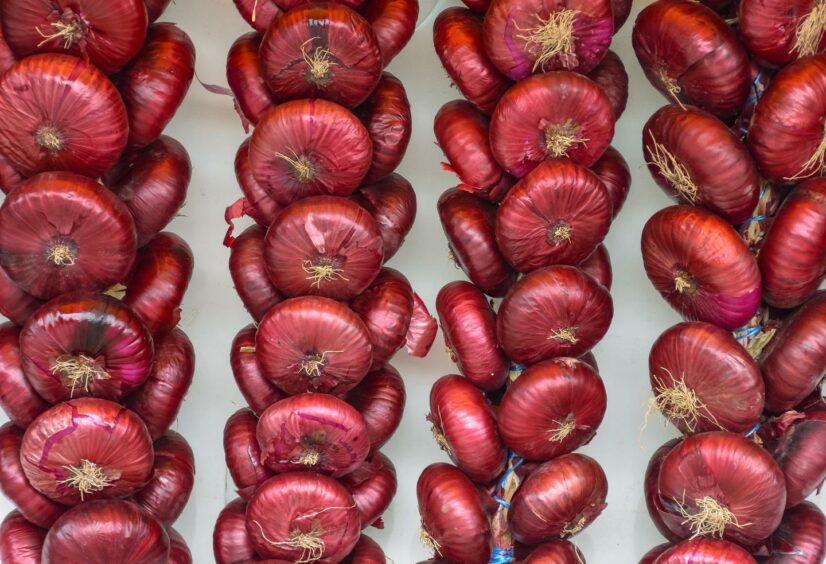I do hope you will receive a nice wee gardening gift in your stocking this year, but more importantly, are getting to spend the day with the family and friends you love.
I know what you’re thinking, “it’s Christmas, surely he’s not expecting us to be going out in the garden?”
Well, of course I am! In fact, I’m quite sure a few of you will be heading out there quite willingly.
It’s a great time of year for the park
The value of our public parks are never more appreciated than today by all kinds of users.
For the younger members of the family they become test tracks for new bikes and scooters brought by Santa.
Winter plantings such as white-barked birches, coloured stems from dogwoods and the flowering evergreen shrub Viburnum tinus mean our parks are still the place for us to stretch our legs and let the natural world in to our souls.
Probably most importantly of all we need to get out for a while so we can work up an appetite for perhaps the most anticipated meal of the year – where all your veg have been grown by your own fair hands and from your own garden.
I was going to say I expect those of you taking advantage of the calm Christmas brings will be out in the garden, harvesting your veg fresh from the plot for your dinner plate .
I shouldn’t assume you are all disorganised as me and are already suitably prepared.
Frost can add flavour
There’s nothing nicer than cooking freshly-picked veg though certain varieties, after having been left in the ground that little bit longer, will actually taste better after a frost.
Carrots, parsnip, sprouts, kale, celeriac, cabbage and leeks all produce extra sugar to help protect themselves from the cold, providing a bonus for us by enhancing their taste.
This can be a gamble though, if the ground is frozen and so solid you cant get the spade in to dig them out!
The safest option to ensure you have a supply of root veg to see you over the winter is to lift them in early autumn, putting them in to storage.
A shed, garage or cellar will do just as long as it’s frost free and dark.
How to store your autumn harvest
First of all make sure any root veg for storing has all the soil knocked off and is in good health.
Use up first any you feel are damaged in any way as they won’t keep.
Remove all the foliage from the plant then place in layers of moist sand in boxes, building up like a lasagna to stop the vegetable from losing moisture and shrivelling up.
You can pick up small bags of appropriate sand from garden centres and can easily knock up a box from an old pallet.
Over the autumn I’ve been enjoying catching up online with a programme called ‘The Victorian Kitchen Garden’, a BBC series from the 1980’s.
A derelict walled garden was brought back to life recreating a working kitchen garden from the Victorian era.
During one episode they demonstrated the making of a storage method called a ‘clamp’, so effective we still use it today.
A Victorian method still in use
In a sheltered spot. make a base with a layer of sand then, after preparing your roots as before, stack into the shape of a pyramid around 1m/ 3ft high, starting with the largest roots at the bottom.
Cover the whole pile with a 20cm/ 8in layer of straw.
Dig out a drainage ditch around your clamp, using the soil to cover the straw to roughly the same thickness, which acts as a seal.
To encourage rain to run off, gently pat with the back of a spade or have fun with the kids, using your hands to shape it.
Leave a wee tuft of straw at the top or use a small section of pipe to act as a chimney which will let any excess heat or moisture escape.
Pressure on the head gardener
There was a lot of pressure on the head gardener at Christmas time back then to ensure there were enough supplies from the kitchen garden to feed not only the family in the main house, but also the estate workers.
He would be harvesting veg like cauliflower and hanging them heads down in a dry shed a few weeks in advance to ensure there were no mistakes.
The table in the house at this time would have been decorated with a crown of the sweetly-scented Lily-of-the-Valley.
The table centrepiece
Shaped with wire, the crown was tightly filled with moss which in time was discreetly covered by foliage.
Crowns of the plant were then eased into the moss with a wooden dibber and, in time for the table on Christmas Day, there would be a pyramid of white blossom.
Now I understand why so much Lily of the-Valley was once grown under the shade of a north-facing valley in the walled garden at Scone Palace.
Something for next year. Merry Christmas!













